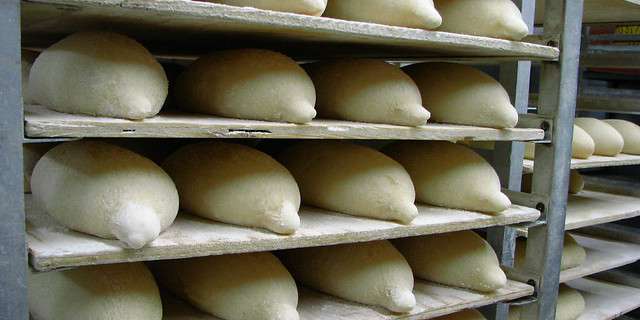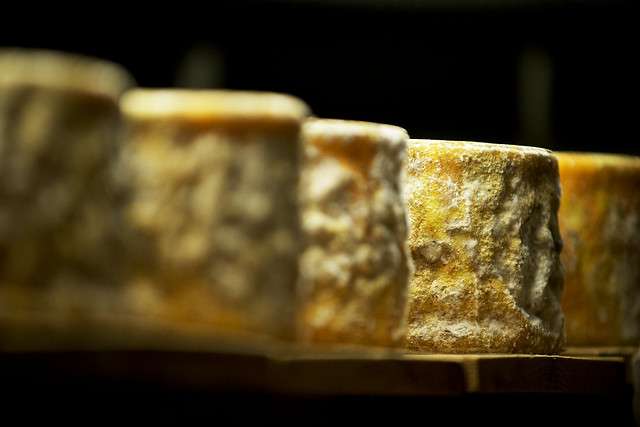
Food manufacturing and production have significantly increased over the past several decades. To maintain quality and uniformity in mass produced foods, utilizing color measurement data is crucial. Image Source: Flickr user Michael Gil
Staying involved in my children’s education is important to me, so when the opportunity arose to join my 2nd grader on a field trip to our local bakery franchise, I was the first to volunteer. What a great experience it was to see commercial food production first hand. The rate and quantity of baked goods being produced was remarkable, but I wondered how much technology was needed to keep things running smoothly.
With my knowledge of color measurement, I knew that production and quality control depend largely on the right instrumentation. Color quality control plays a major role in food excellence and safety, but understanding and managing the data in today’s large-scale food manufacturing industry can be a challenge. Choosing the right color measurement tools and utilizing data effectively is the first step towards addressing these challenges.



